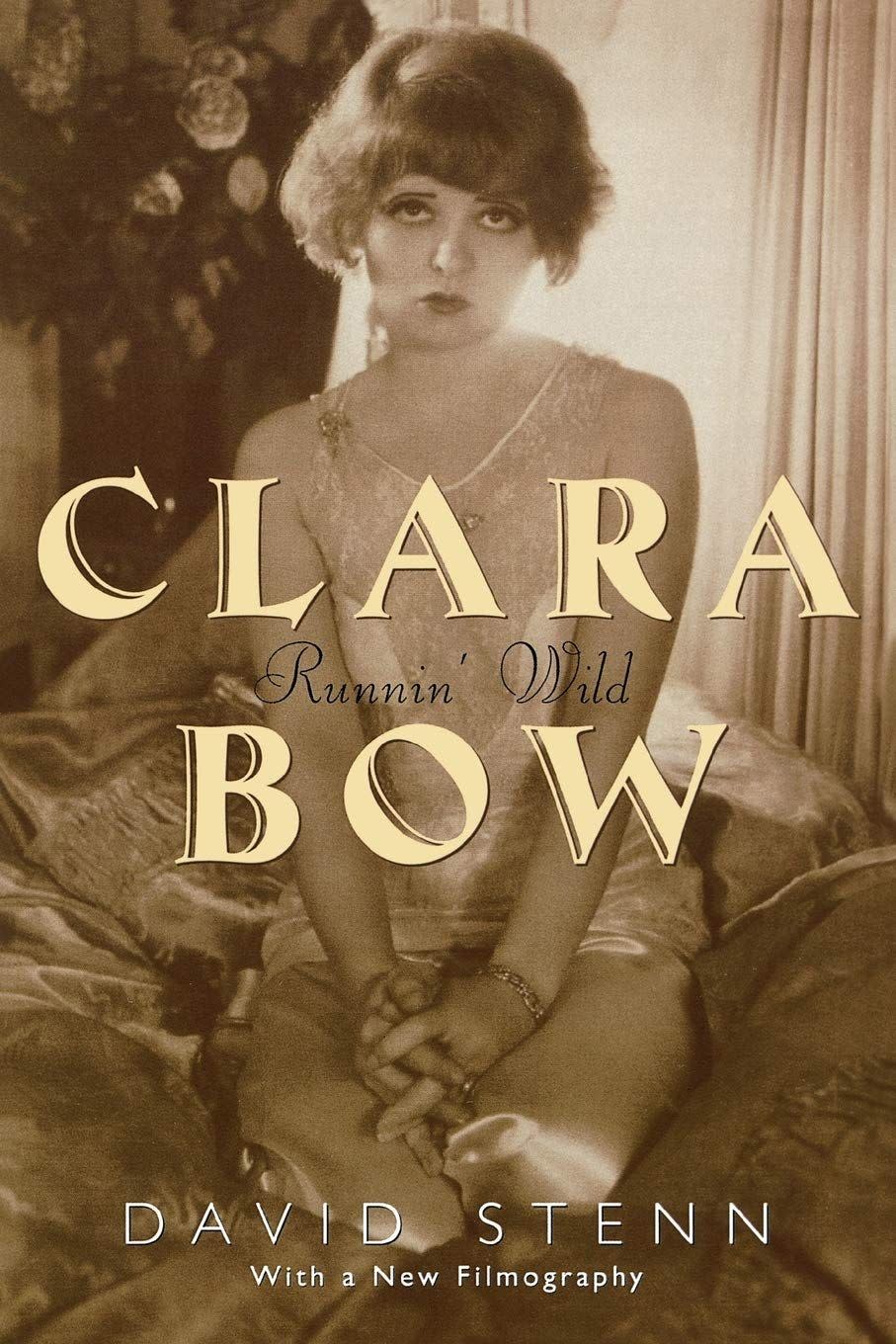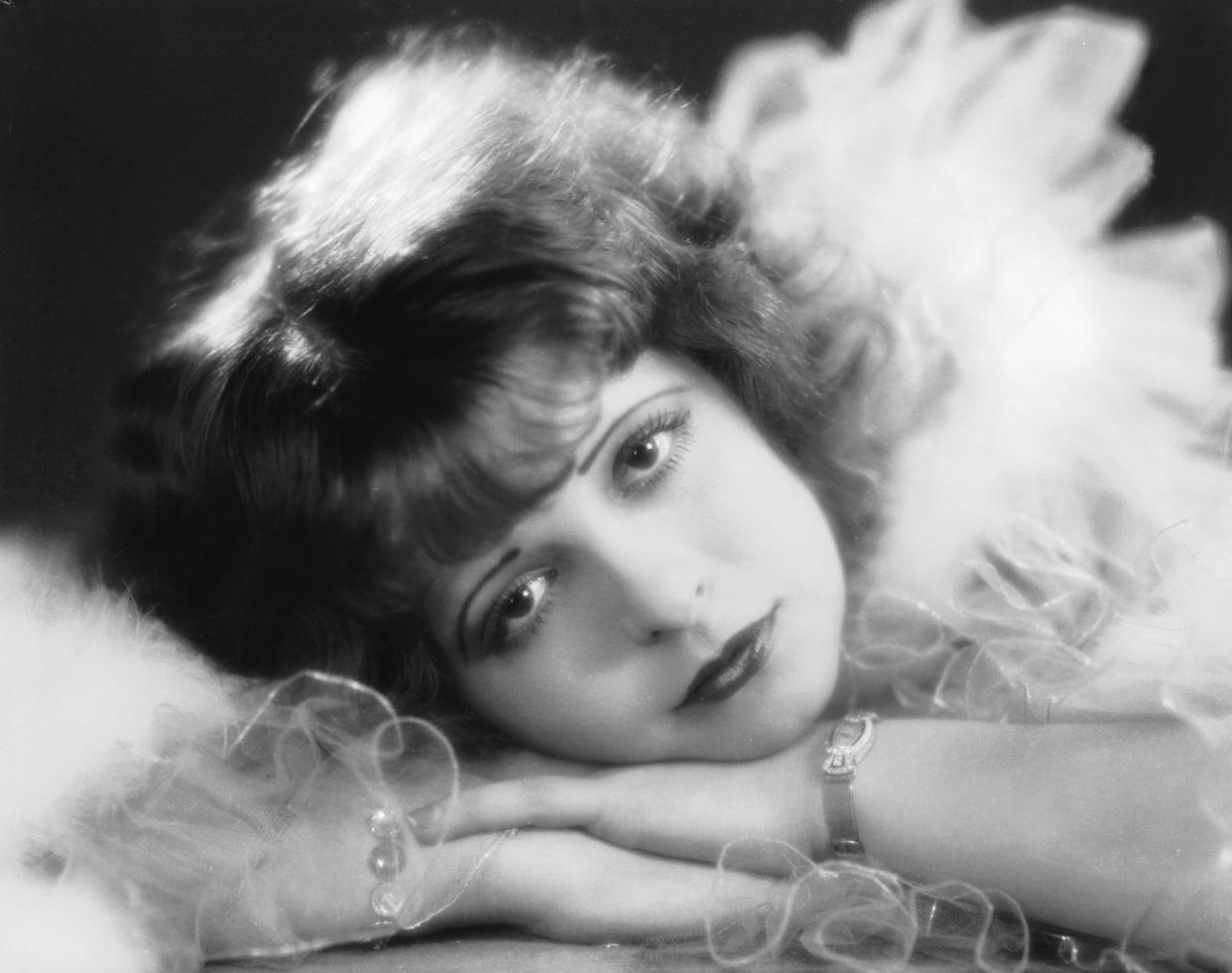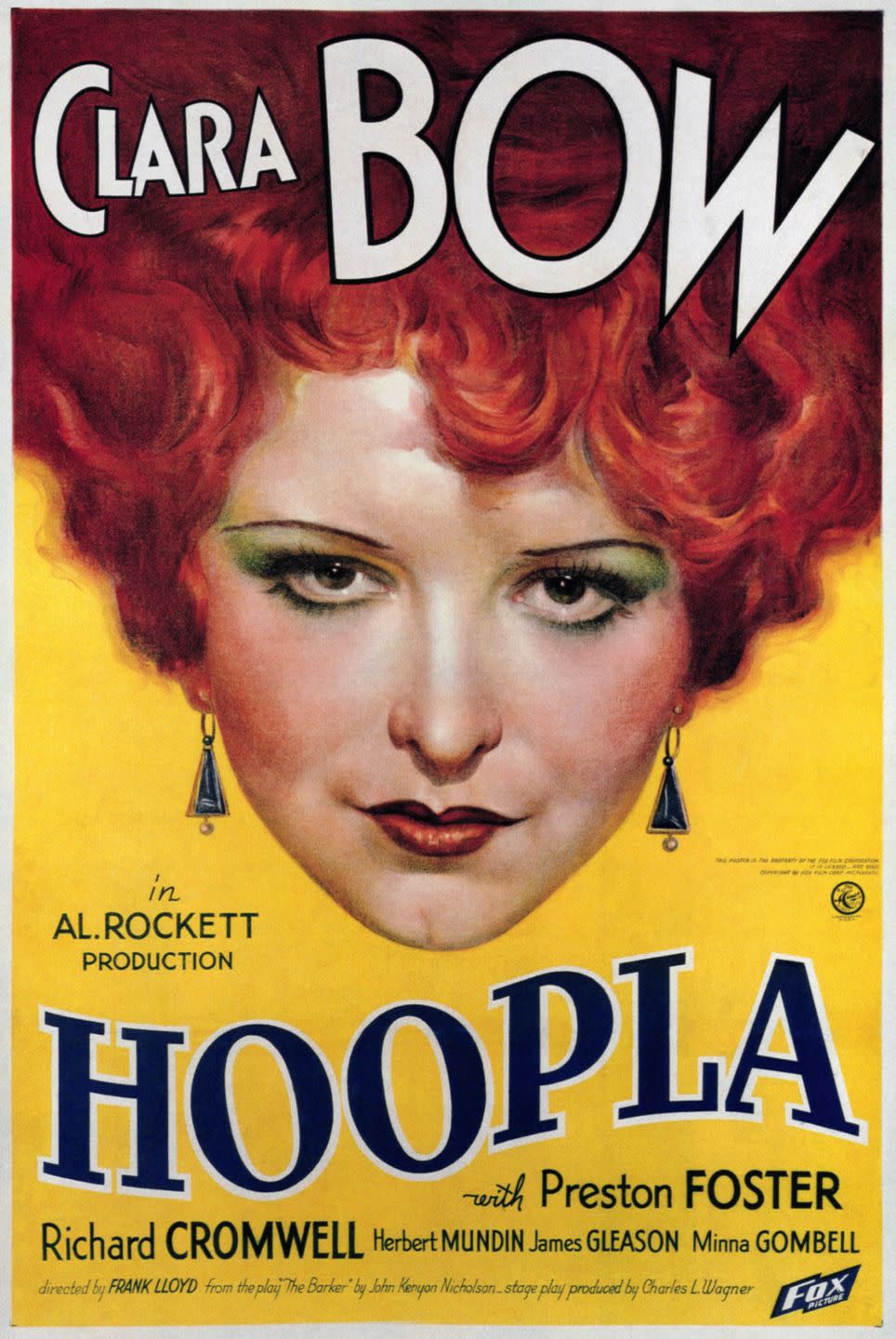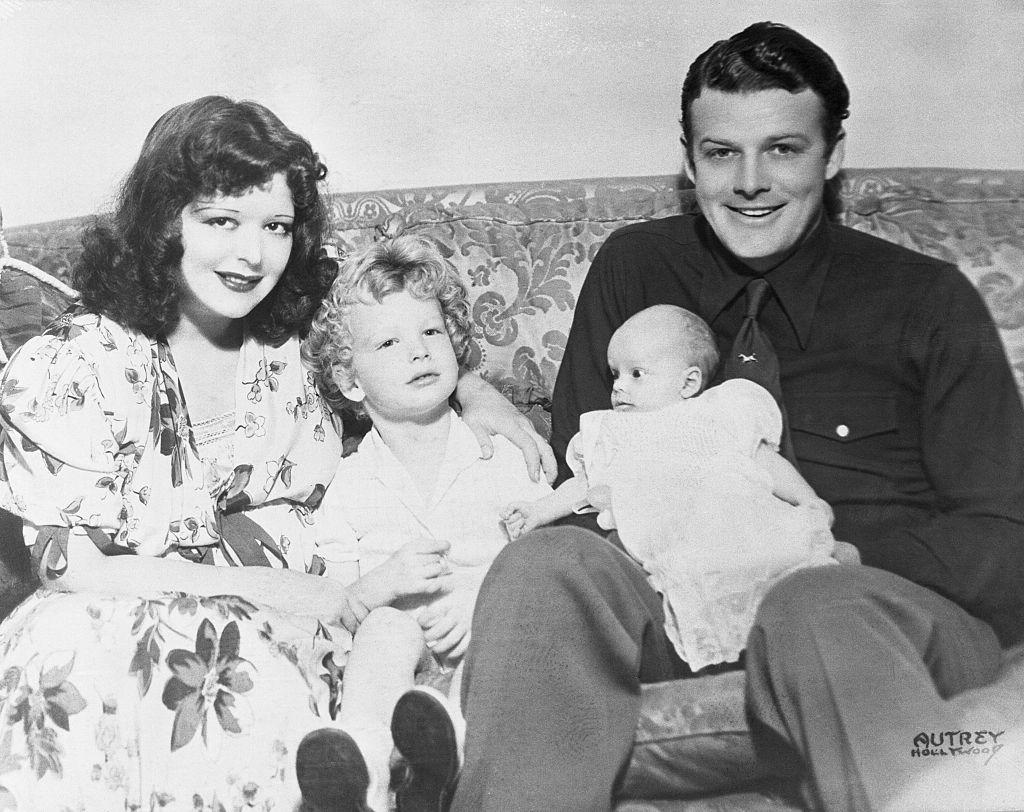Who Was Clara Bow, the Inspiration Behind Taylor Swift's New Song?
"Hearst Magazines and Yahoo may earn commission or revenue on some items through these links."
Taylor Swift's new album, The Tortured Poets Department, is out today, and the final track is called "Clara Bow." Bow, famously, was a silent film star, and on the song, Swift sings ""You look like Clara Bow / In this light, remarkable," also comparing the song's subject to "Stevie Nicks in '75," and curiously, Taylor Swift.
When Swift first shared the track list for The Tortured Poets Department, Bow's great-granddaughters Nicole Sisneros and Brittany Grace Bell were in disbelief that the superstar named a song after their realtive. "We could not believe it," Sisneros told People. "We were shocked and then the intrigue set in because no one from our family has been contacted or knew about this prior. We found out via the Instagram post like everybody else."
She added, "It's important to us to continue Clara Bow's history and pass on stories about her. And in both of our homes, we have original 1920s photos from her movie sets, so to pass on her legacy to our children is really important. And it seems like a great touch point too, that'll just further her story for other generations."
Her cousin, Bell, added, "I think Clara Bow would feel the same kinship and protectiveness over someone who's of the same level of fame as her in dealing with the media and how heavy the crown is to carry."
Here, everything you need to know about the real Clara Bow:
Bow was born in Brooklyn in 1905.

Clara Bow: Runnin' Wild
amazon.com
$23.82
Clara Gordon Bow was born during a heat wave, on July 29, 1905 in Prospect Heights, Brooklyn, the daughter of Sarah Frances Bow (née Gordon) and Robert Walter Bow. Clara would write years later in Clara Bow: My Life Story as told to Adela Rogers St. Johns, "I don't suppose two people ever looked death in the face more clearly than my mother and I the morning I was born. We were both given up, but somehow we struggled back to life."
According to her biographer David Stenn, who wrote Clara Bow: Runnin' Wild, Bow grew up in "the most brutal poverty that was known at the time," with a mentally ill mother and an abusive father. Bow's parents had lost two other daughters before she was born—both died in infancy. Bow says, "From that day to the day she died my mother never knew a moment free from ill health of the most shattering kind. She idolized me, but with a strange, bitter love, almost as though she was afraid to love me for fear I, too, would be snatched away from her. She used to watch me when I ran about the house as a little thing, never taking her eyes off me, and in their depths were many things I was too young to read."
At age 16, Bow entered a magazine's beauty contest. After she won, she soon left home.
She made her debut in the 1922 film Down to the Sea in Ships.

After she won the magazine contest in 1921, Bow was cast in the silent film Beyond the Rainbow, but her small role was cut from the final version of the movie. That experience, however, encouraged her to pursue a career in Hollywood; her first on-screen appearance was in Down to the Sea in Ships in 1922. In her career, Bow would make more than 40 silent era films, including The Plastic Age (1925), Dancing Mothers (1926), and Wings (1927) (Wings, notably, was the first movie to win Best Picture at the Oscars).
Clara Bow was the first "It Girl."
After she starred in the 1927 film It, fans began writing letters to Bow, addressed to "Miss It, California" or "The It Girl."
"I hate to use the word iconic," Judith Mackrell, the author of Flappers: Six Women of a Dangerous Generation, tells the BBC, "but in terms of exemplifying the image of the 1920s woman, and also adding extra currency and global reach to that image, she was key. She embodied the flapper girl… For the hundreds of thousands of women going to the cinema every week, she was a role model. Before that time, those role models wouldn’t have been available, but cinema gave a huge critical mass of women a notion of themselves as liberated."
She starred in her final film, Hoopla, in 1933.

In 1931, Bow checked into a sanatorium, then returned to Hollywood to make two final movies: Call Her Savage (1932) and Hoopla (also stylized as Hoop-La, 1933). "I want to be known as a serious actress, and not as an It Girl," she said while promoting her last movie, Hoopla.
She was just 28 years old when she retired from acting. Reflecting on her career, she told the Kansas City Star in 1933, "My life in Hollywood contained plenty of uproar. I'm sorry for a lot of it but not awfully sorry. I never did anything to hurt anyone else. I made a place for myself on the screen and you can't do that by being Mrs. Alcott's idea of a Little Woman."
Bow married actor Rex Bell in 1931.

Rex Bell was an actor, who mainly starred in Westerns, and later had a career as a politician, including as Lieutenant Governor of Nevada. Their romance reportedly began when he had a small role in one of her films, True to the Navy, and then Bell became her business manager. They had two sons, Tony Beldam (b. 1934, d. 2011) and George Beldam, Jr. (b. 1938).
The couple established the Walking Box Ranch. Per Travel Nevada, "they named [the ranch] after Hollywood box cameras, the type the followed the Bells throughout their careers." The travel publication added, "Considering they were some of the famous actors of their time, their home soon became the most famous ranch in the state of Nevada, attracting other Hollywood icons, otherwise known as their close friends. The Walking Box Ranch was an escape they all craved and could achieve, and the ranch soon became a regular hangout for Clark Gable and Carole Lombard (before her tragic 1942 demise, anyway), along with Errol Flynn, Lionel Barrymore, John Wayne and even Clint Eastwood in his early years."
She died at age 60 in 1965.
"All the time the flapper is laughing and dancing, there's a feeling of tragedy underneath," Bow once said. "She's unhappy and disillusioned, and that's what people sense."
Later in her life, Bow was diagnosed with schizophrenia, and died at her home in Los Angeles of a heart attack at age 60.
You Might Also Like
